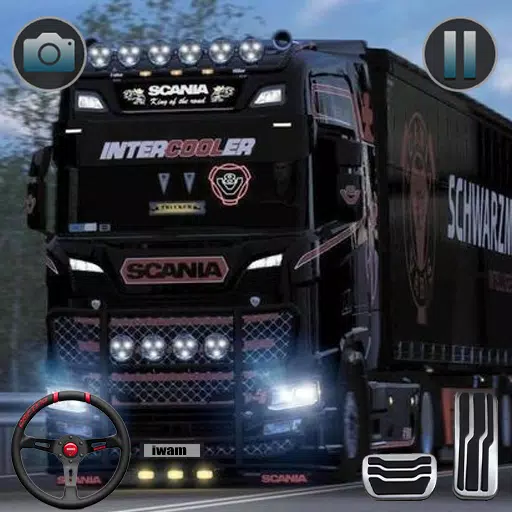Tempest Rising: A Nostalgic RTS Masterpiece in the Making
From the moment I launched the Tempest Rising demo, I was hooked. The opening cinematic, complete with cheesy dialogue from heavily armored soldiers and a nervous scientist, instantly brought a smile to my face. The music, UI, and unit designs perfectly captured the spirit of my high school days spent playing Command & Conquer with friends, fueled by sugary drinks and late nights. This modern take on a classic RTS is a blast from the past, and I'm eager to see what Slipgate Ironworks delivers in the full release. Whether battling AI in Skirmish or facing off against other players in Ranked Multiplayer, Tempest Rising felt incredibly familiar and comfortable.
This nostalgic experience is no accident. The developers aimed to create an RTS game that evoked the charm of 90s and 2000s classics, while incorporating the quality-of-life improvements we expect from modern games. Set in an alternate 1997, where the Cuban Missile Crisis escalated into World War 3, Tempest Rising unfolds in a world ravaged by nuclear war and overrun by strange, energy-rich vines.
Tempest Rising Screenshots

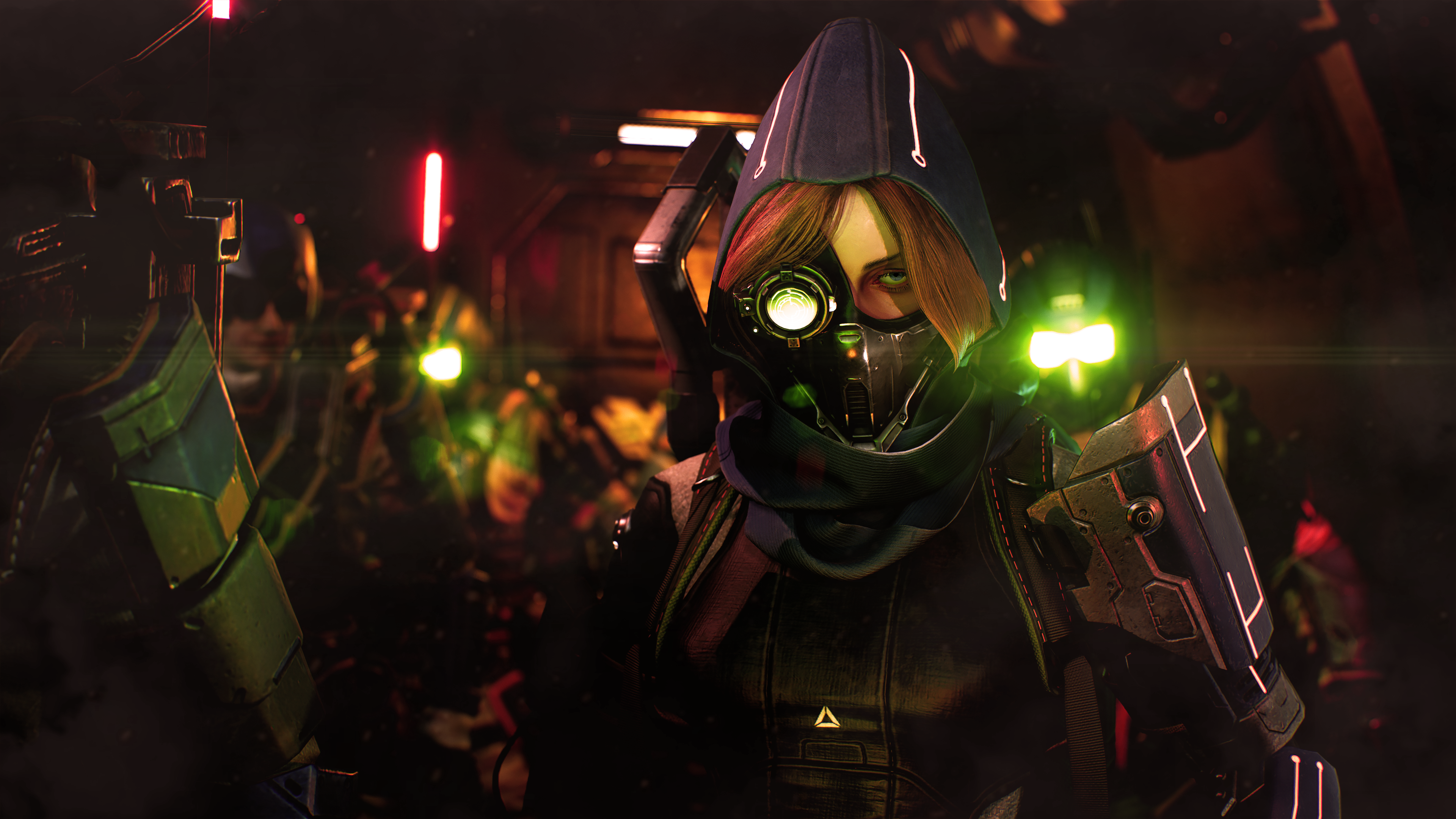 8 Images
8 Images
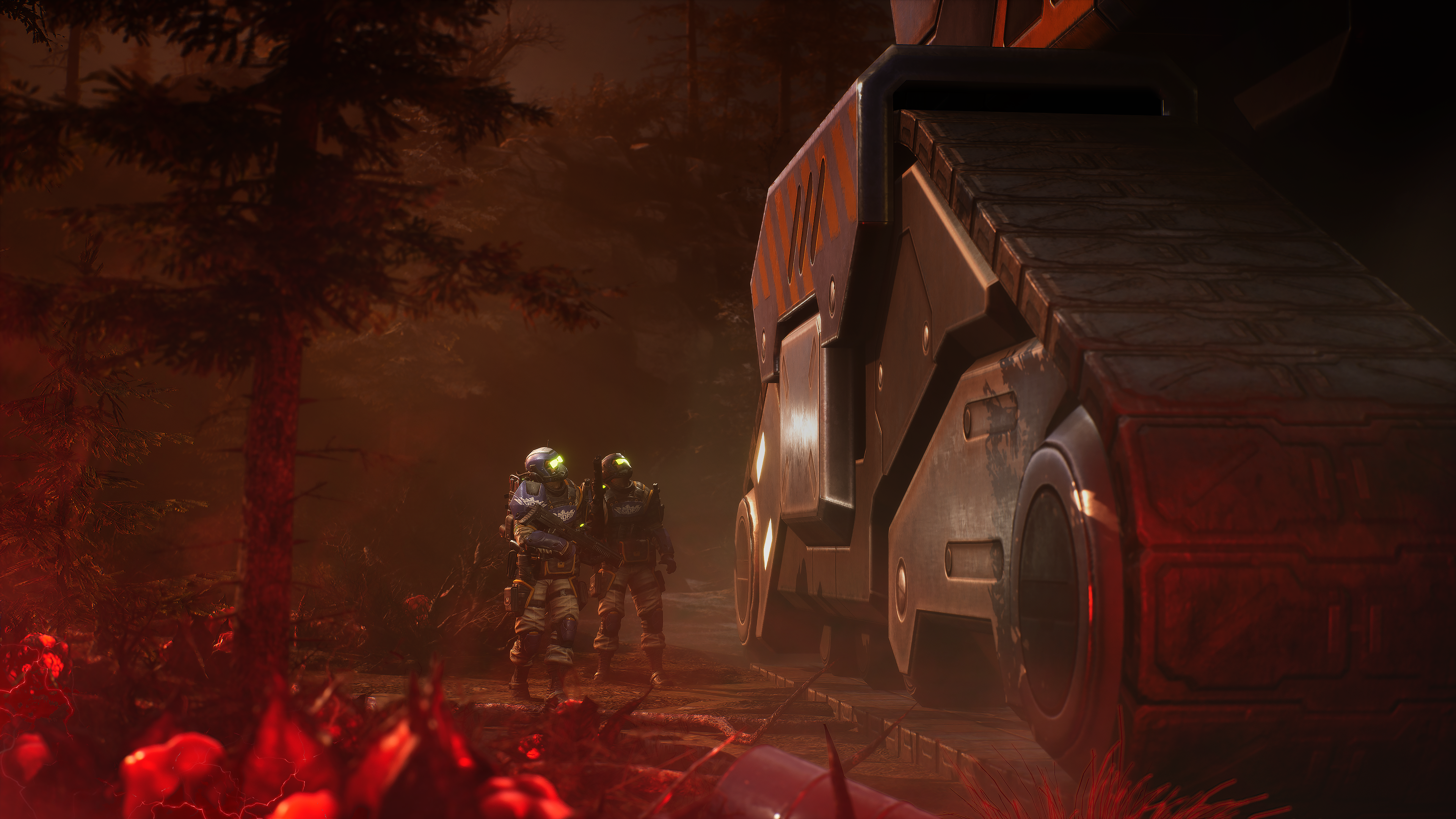
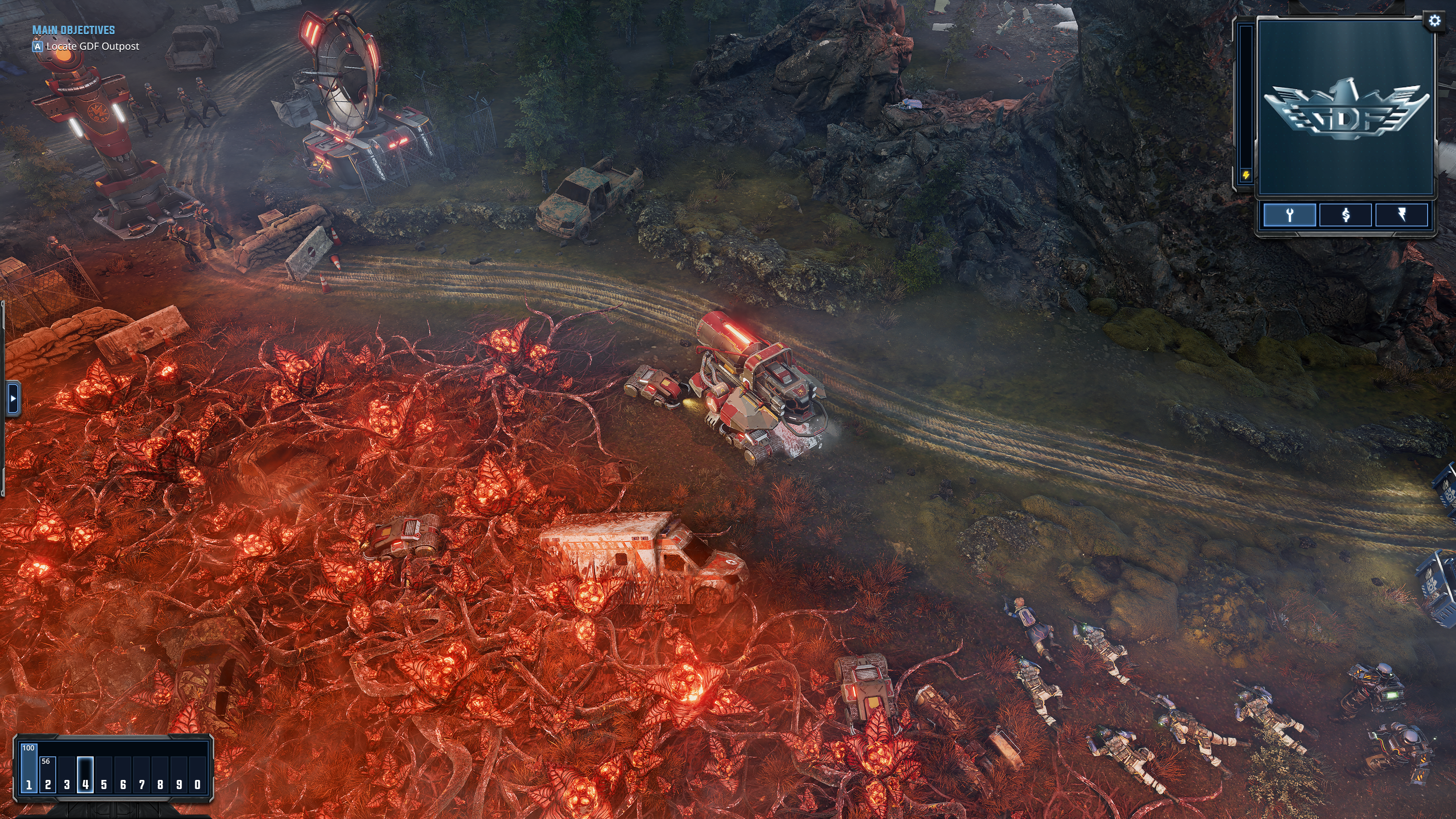
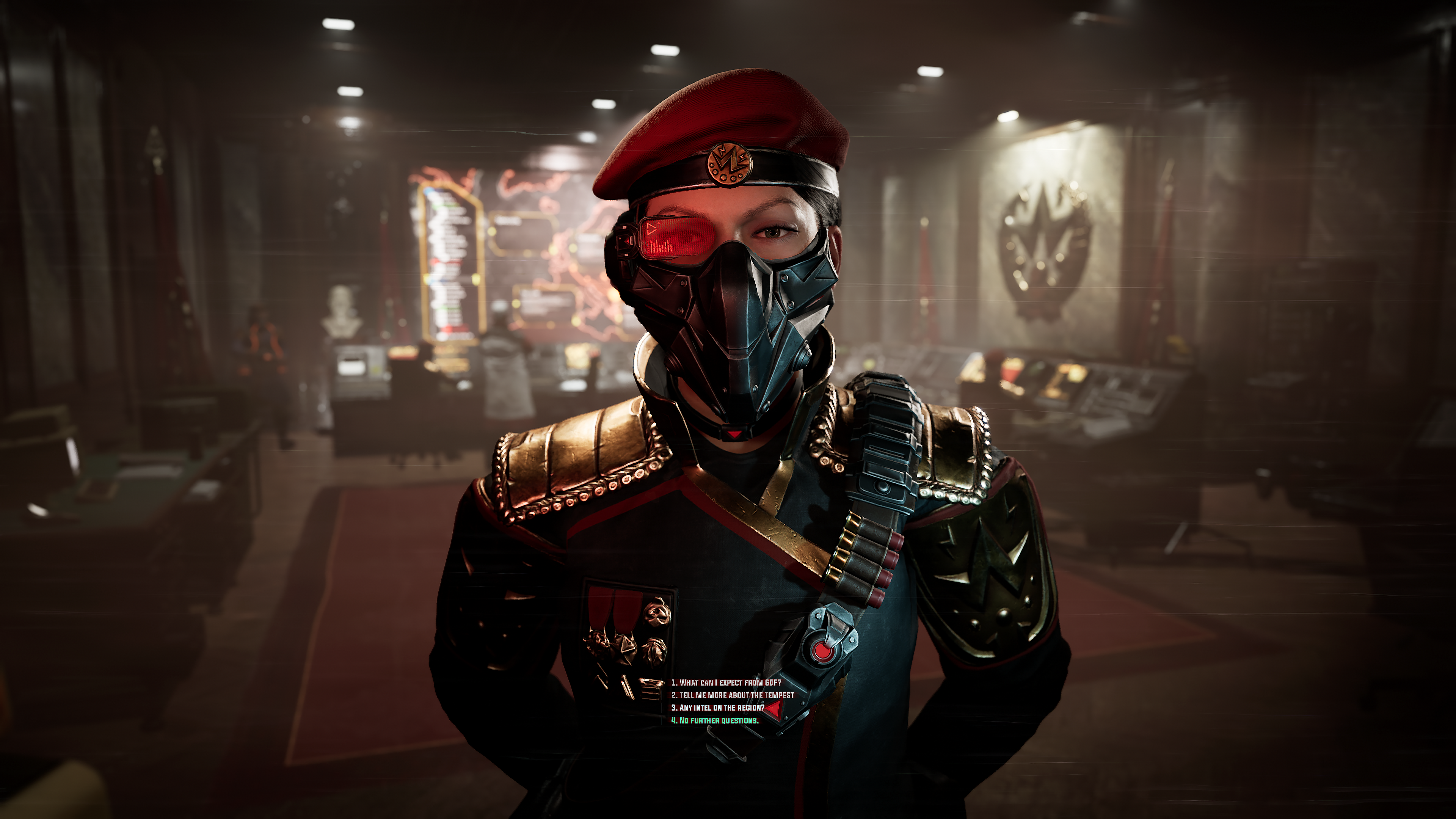
As the demo focused solely on multiplayer, I'll have to wait for the full release to experience the story mode, which promises two 11-mission campaigns, one for each main faction. The Tempest Dynasty (TD) is an alliance of Eastern European and Asian nations devastated by WW3, while the Global Defense Forces (GDF) unites the United States, Canada, and Western Europe. A third, currently unannounced faction, will be revealed later.
I gravitated towards the Tempest Dynasty, partly due to their amusing "Tempest Sphere," a rolling death machine that crushes enemy infantry. The Dynasty also utilizes "Plans," faction-wide bonuses activated through their Construction Yard. These plans, such as Logistics (faster building and resource gathering), Martial (increased unit attack speed and explosive resistance), and Security (reduced unit and building costs, improved repair), offer strategic flexibility. I found a satisfying rhythm cycling through these plans to optimize my economy, construction, and offense.
Unlike the GDF's stationary refineries, the Dynasty uses mobile Tempest Rigs to harvest resources, allowing for flexible base expansion. This made my preferred "fast expand" strategy incredibly effective, as I could deploy rigs to distant locations for uninterrupted resource gathering.
The Dynasty's Salvage Van is another highlight, capable of repairing or destroying enemy vehicles for resource gain. This sneaky tactic proved highly effective against unsuspecting opponents. Finally, Dynasty power plants can switch to Distribution Mode, boosting nearby building construction and attack speed at the cost of taking damage.
While I favored the Dynasty, the GDF offers its own compelling strengths, focusing on buffing allies, debuffing enemies, and battlefield control. Their Marking mechanic, which allows units to debuff marked enemies, is particularly effective with certain Doctrine upgrades.
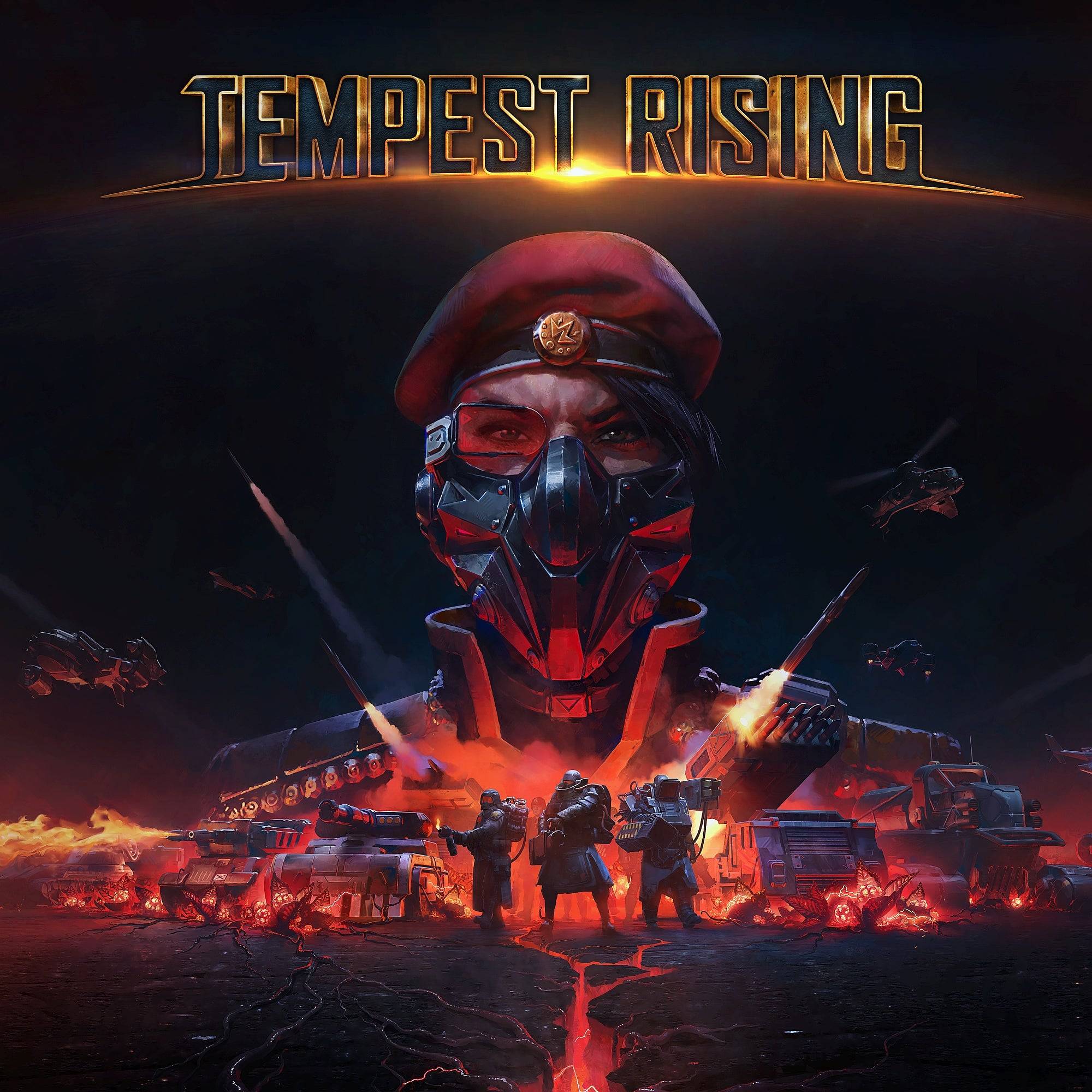 Tempest Rising3D Realms Wishlist
Tempest Rising3D Realms Wishlist
Both factions offer three tech trees to explore, adding depth and strategic choices. Beyond tech trees, constructing advanced buildings unlocks powerful cooldown abilities, which can significantly impact battles.
The Dynasty's fewer, upgradeable buildings make losing structures costly, but their Lockdown ability prevents enemy takeovers. The Field Infirmary, which provides a mobile healing zone, proved invaluable.
There's much more to discover, and I'm particularly excited for the launch version's Custom Lobbies, allowing for cooperative play against challenging AI. Until then, I'll continue my solo campaign, crushing bots with my army of death spheres.













